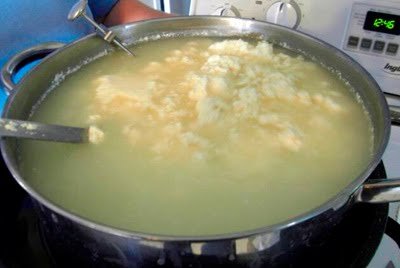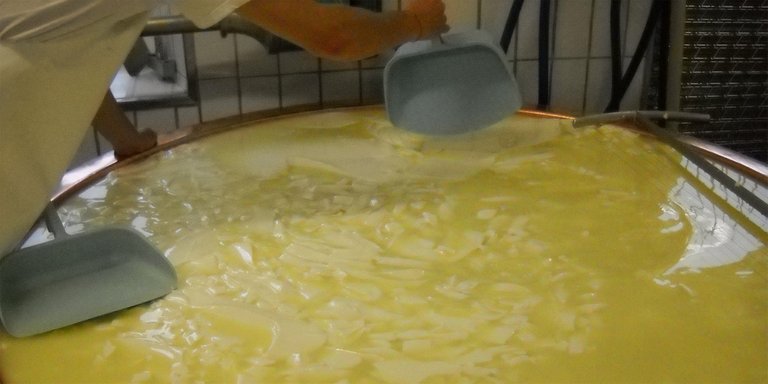We return to a new topic on the benefits of whey, a little to expand on the topics that we have discussed in previous posts to this one.



▶ Sweet whey comes from the manufacture of hard cheeses, and acid whey is obtained in the manufacture of soft and fresh cheeses and also as a residue from the manufacture of casein, i.e. casein whey.

▶ Credits: Agrarforschungschweiz. – [Image of Public Domain]
≕ I invite you to stay tuned and read my next contribution ≔
In the first case, the acidity corresponds exclusively to the lactic acid produced from lactose by the lactic acid bacteria added in the process.
The lactic acid is subsequently neutralized with lime or sodium hydroxide, which increases the already high ash content of the product. In casein whey, part of the acidity is inorganic (hydrochloric and sulfuric acids).
The two types of acid whey are sometimes marketed under the same name, and sweet whey is considered to be of higher nutritional quality.

That is to say, of higher nutritional quality than the acid whey due to its higher palatability and protein content, besides, in acid whey the lactose content is lower and the lactic acid content is higher.
NOTE: Reference material.